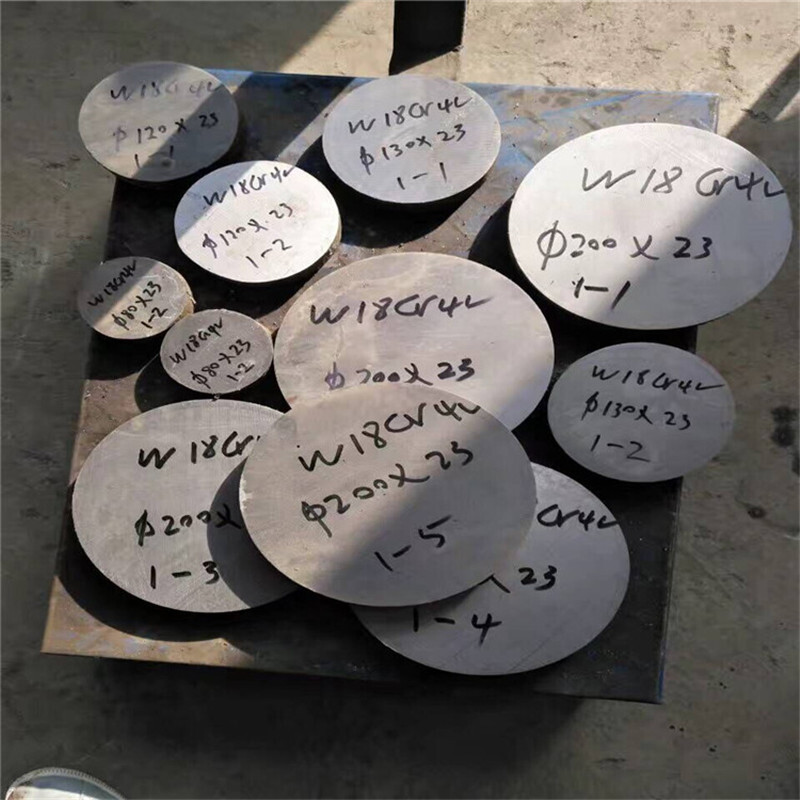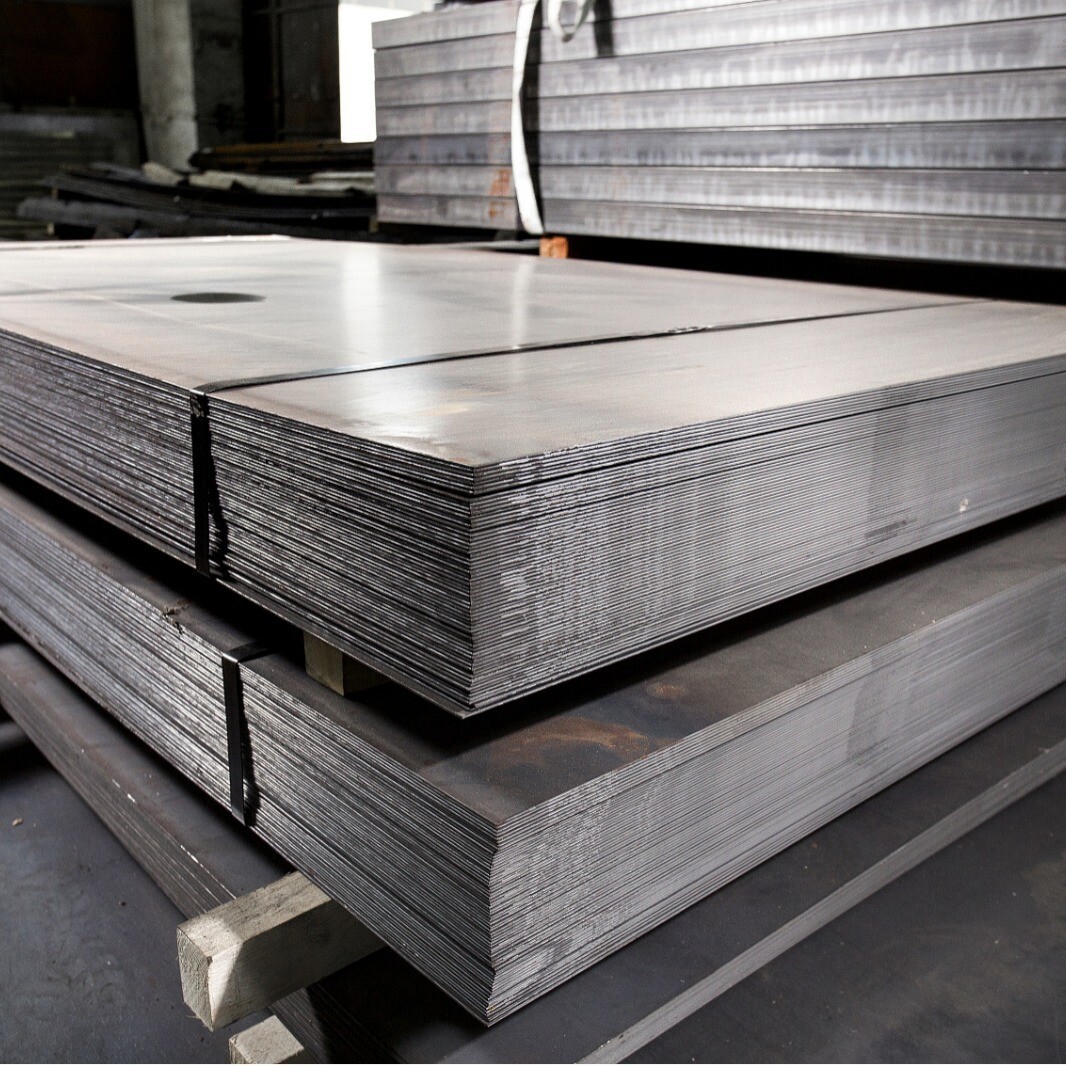1. Overview
17CrNi6-6 is a low-alloy, high-strength carburizing steel (or quenched and tempered steel), commonly used as gear and bearing steel in international standards. It is ideal for mechanical parts requiring high surface hardness, wear resistance, and fatigue strength.
The name reflects its chemical composition:
17: Indicates a carbon content of approximately 0.15–0.19% (typically ~0.17%), ensuring good core toughness.
CrNi6-6: Denotes chromium and nickel contents of 5.5–6.5% each, which work synergistically to enhance hardenability, strength, and corrosion resistance.

2. Chemical Composition (Mass Fraction, %)
According to international standards (e.g., ISO 683-16), the typical composition is as follows:
C: 0.15–0.19
Si: 0.15–0.40
Mn: 0.40–0.70
Cr: 5.50–6.50
Ni: 5.50–6.50
P: ≤0.025
S: ≤0.030
Others: Trace elements such as Cu and Al may be present depending on specific standards.
3.Mechanical Properties
Tensile Strength (σb):≥1180 MPa(After heat treatment)
Yield Strength (σ0.2):≥980 MPa(After heat treatment)
Elongation (δ5):≥10%(After heat treatment)
Impact Toughness (KV2):≥50 J/cm²(Room temperature, notched)
Hardness (HB):330–380(After heat treatment)
Note:Values may vary slightly depending on heat treatment and cross-sectional size. Hardenability should be considered for large parts.
4. Heat Treatment Process
(1)Annealing: Relieves forging stress and improves machinability. Heating to ~850–900°C, furnace-cooled.
(2)Normalizing: Refines grains, improves structure. Heating to 880–920°C, air-cooled. Typical hardness: 200–250 HB.
(3)Carburizing (for surface hardening):
Temperature: 900–950°C; duration depends on desired case depth (e.g., 0.8–1.2 mm).
Quenching: Oil or gas cooling, followed by tempering at 150–200°C.
Surface hardness: Up to HRC 58–62, while retaining core toughness.
(4)Quenching and Tempering (for overall strengthening):
Quenching: 820–860°C, oil-cooled.
Tempering: 500–600°C, air-cooled. Produces a balanced combination of strength and toughness.
5. Key Characteristics
Excellent Hardenability: High Cr and Ni levels ensure uniform hardness even in larger cross-sections (e.g., Ø50 mm).
Wear and Fatigue Resistance: Carburized surface forms a hard carbide layer, ideal for components under cyclic loads.
Good Toughness: Low carbon content combined with alloying elements minimizes brittleness and suits impact-prone environments.
Machinability: Good cutting performance, but limited weldability (requires preheating and post-weld treatment).
6. Applications
Gear Transmission: High-speed, heavy-duty gears (e.g., automotive gearboxes, aerospace engine gears).
Bearings and Shafts: Precision bearing rollers, spindles subjected to alternating stresses.
Mechanical Components: High-pressure pump shafts, connecting rods, mold parts.
Aerospace: Precision drive parts, benefiting from high strength and corrosion resistance.
7. Comparison with Similar Steels
(1)17CrNi6-6
Main Differences:High Cr and Ni, excellent hardenability
Typical Applications:Large, high-load parts
(2)20CrNi2Mo
Main Differences:Contains Mo, better temper resistance
Typical Applications:High-temperature components
(3)18CrNiMo7-6
Main Differences:With Mo, superior carburizing properties
Typical Applications:Precision gears, bearings
8. Notes & Recommendations
Heat Treatment Control: Carbon potential must be tightly controlled during carburizing to avoid surface carbide buildup. Precise tempering temperature is crucial to prevent secondary temper brittleness.
Surface Treatment: For enhanced wear resistance, follow-up processes like nitriding or hard chrome plating may be used.
Welding: Preheat to 150–200°C before welding, and allow slow cooling after to avoid cracks.
9. Standards & Specifications
International Standards: ISO 683-16 (alloy steels), AISI/ASTM A29/A29M (USA).
Chinese Equivalents: 12CrNi3A or 18CrNi4A may be used as substitutes with slight compositional differences—processing should be adjusted accordingly.

10.Conclusion
17CrNi6-6 exemplifies alloy design that achieves a robust balance between strength and toughness. Its outstanding hardenability and surface hardening capability make it ideal for components operating under complex stress conditions. With performance that depends on precise heat treatment, 17CrNi6-6 remains a key material in modern mechanical engineering—especially in high-end manufacturing applications.
We can process this alloy into round bars, plates, round pipes/square pipes, and coils according to your requirements. If you have any inquiries, please feel free to contact us. Our email address is: sale@bolaibao1.com. We look forward to your inquiry!
Get real-time quotes
Interested? Leave your contact details.
